Ocean Mixology
 Researchers have been using MITgcm to help understand the role of turbulent mixing in the Antarctic as part of the Diapycnal and Isopycnal Mixing Experiment in the Southern Ocean (DIMES.)
Researchers have been using MITgcm to help understand the role of turbulent mixing in the Antarctic as part of the Diapycnal and Isopycnal Mixing Experiment in the Southern Ocean (DIMES.)
Red Sea Crossing
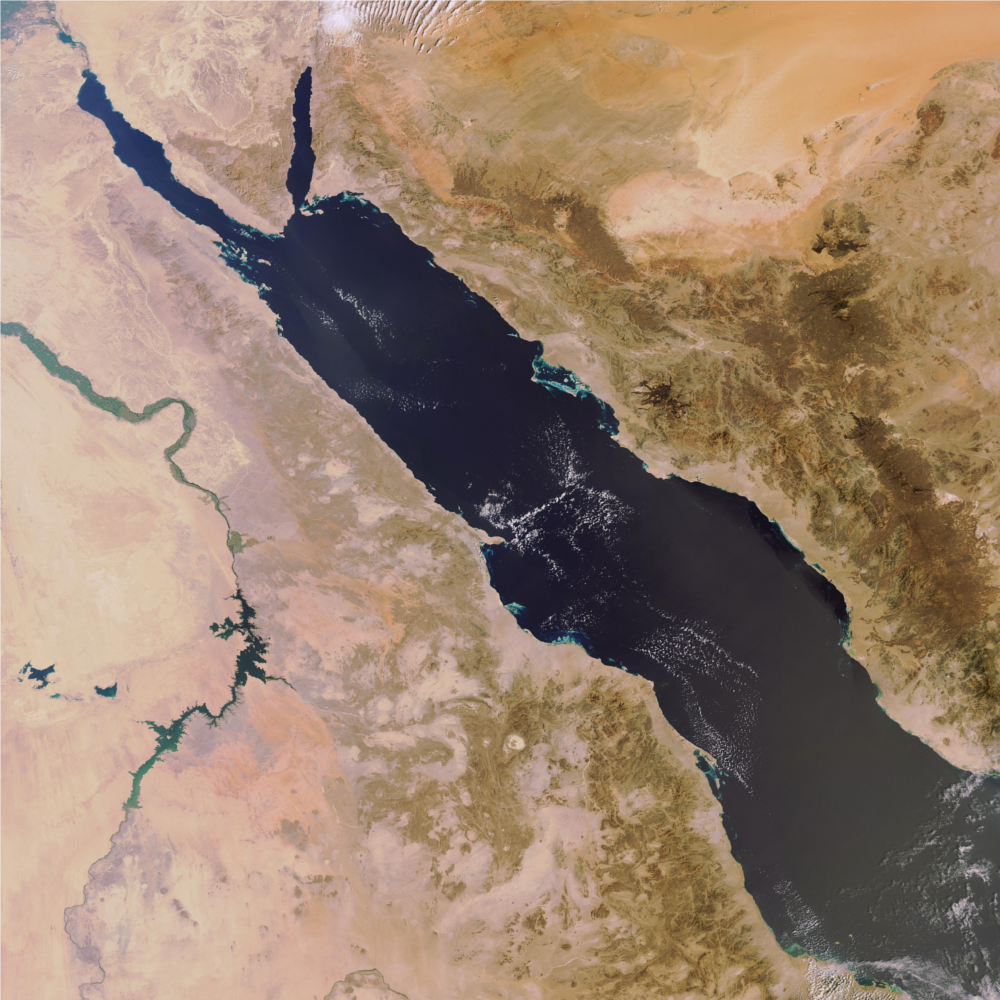 Using MITgcm to investigate the origin of a mid-basin cross-over current in a study of the buoyancy driven circulation in the Red Sea.
Using MITgcm to investigate the origin of a mid-basin cross-over current in a study of the buoyancy driven circulation in the Red Sea.
Not Finding Nemo
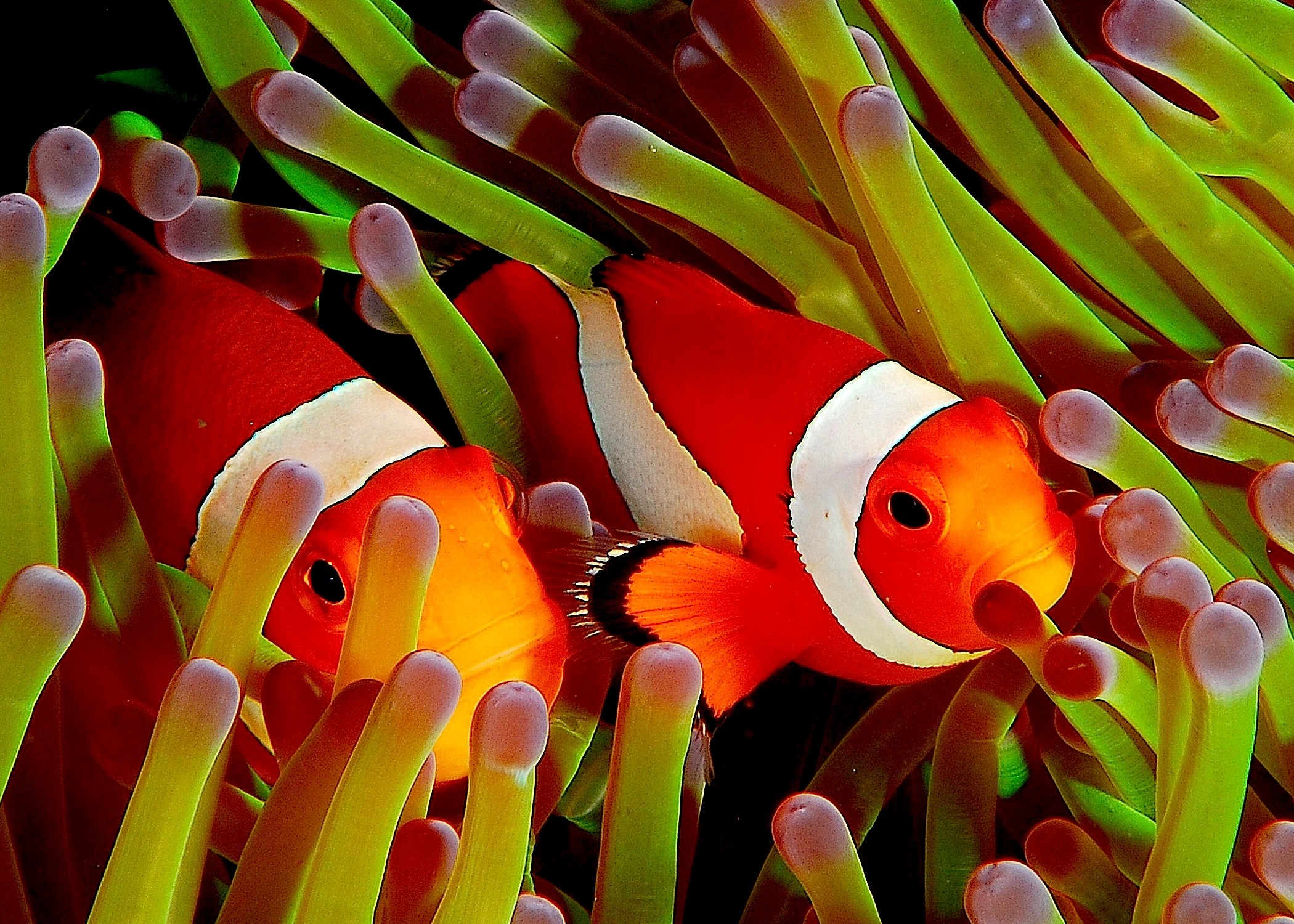 Researchers at King Abdullah University of Science and Technology have been using MITgcm to study larval dispersal in the Red Sea.
Researchers at King Abdullah University of Science and Technology have been using MITgcm to study larval dispersal in the Red Sea.
Falling Water
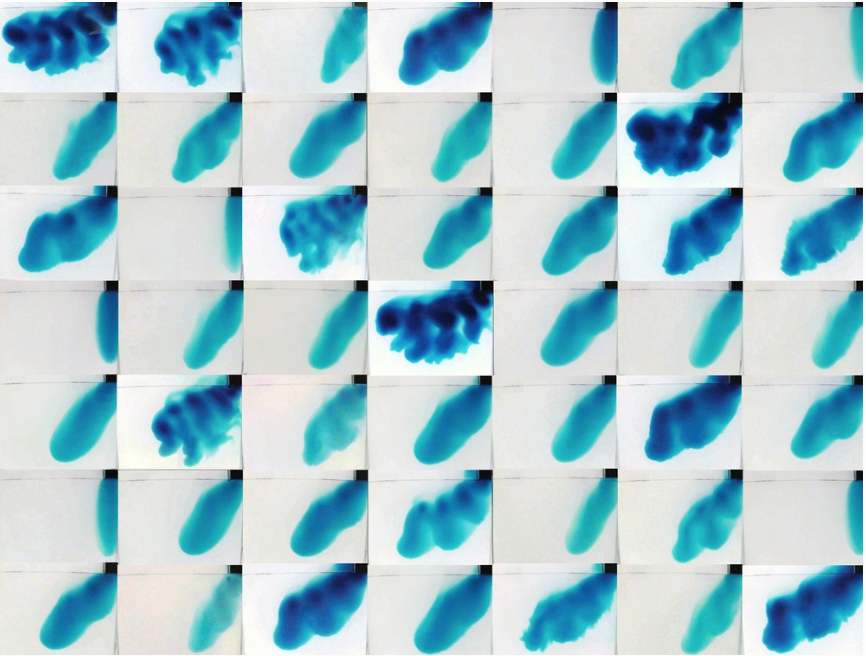 Students make a splash using MITgcm to model falling water in a lab tank during an NSF funded undergraduate research program last summer.
Students make a splash using MITgcm to model falling water in a lab tank during an NSF funded undergraduate research program last summer.
MITberg
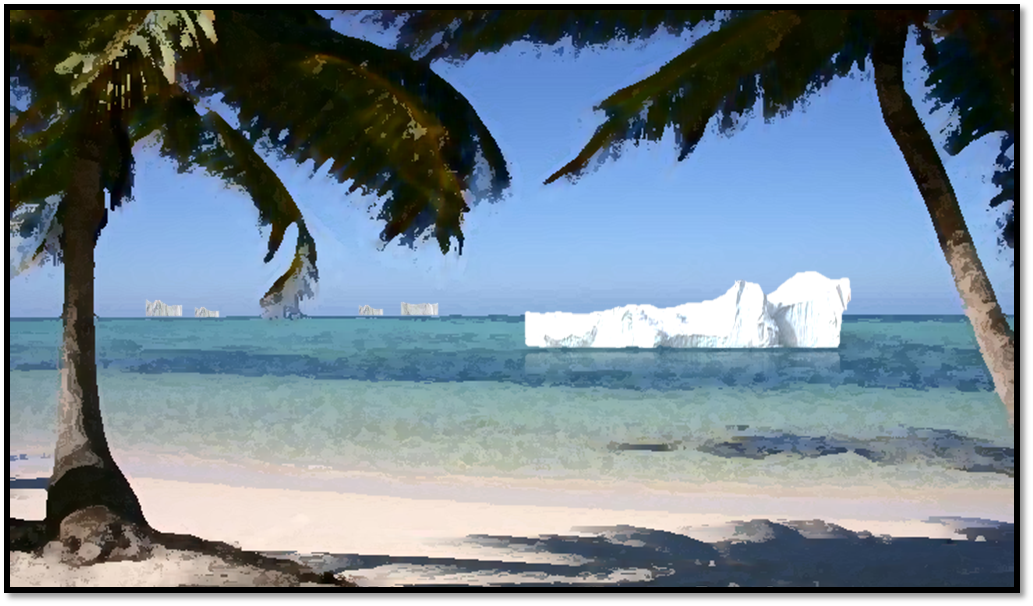 This month we report work by Alan Condron (UMass) using MITgcm, coupled with geological data, to show that massive icebergs and large volumes of meltwater were periodically transported along the east coast of North America as far south as southern Florida during the last deglaciation
This month we report work by Alan Condron (UMass) using MITgcm, coupled with geological data, to show that massive icebergs and large volumes of meltwater were periodically transported along the east coast of North America as far south as southern Florida during the last deglaciation
Getting to the Bottom of Greenland’s Glaciers
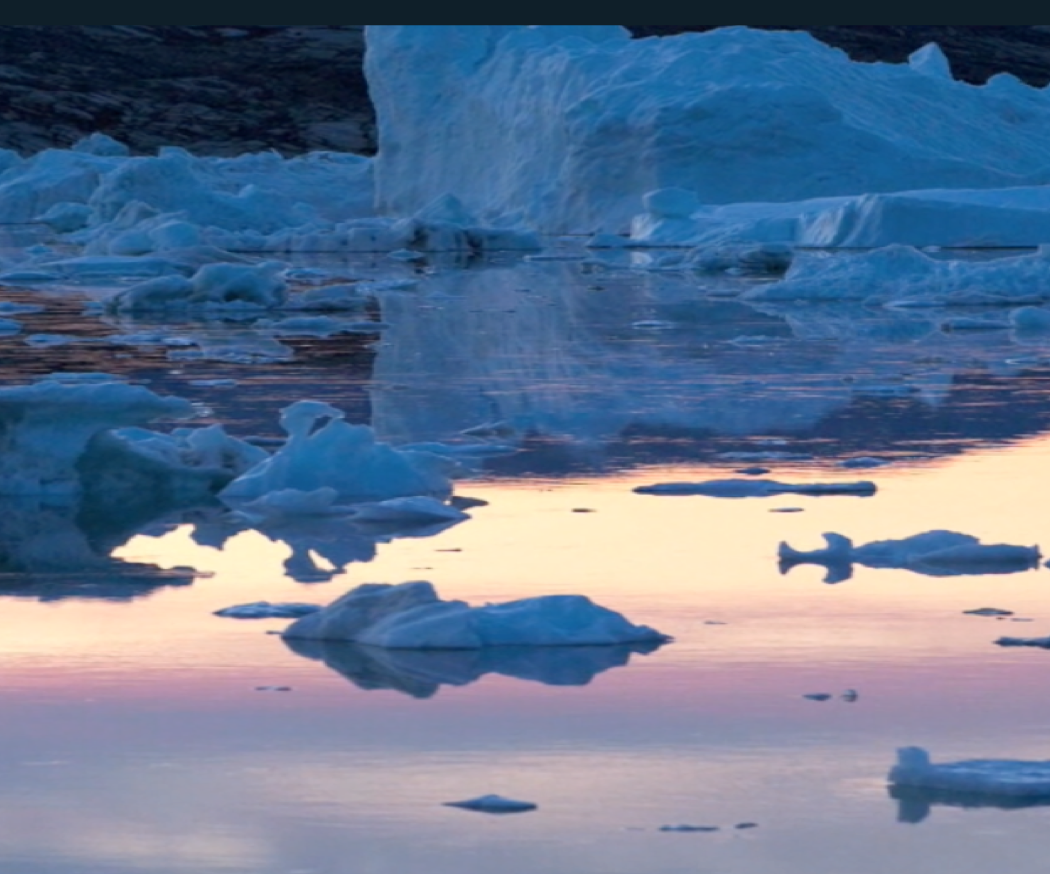 MIT postdoc Roberta Sciascia has been using MITgcm to explore the variations in submarine melt rate of Helheim Glacier induced by glacier and intermediary circulations.
MIT postdoc Roberta Sciascia has been using MITgcm to explore the variations in submarine melt rate of Helheim Glacier induced by glacier and intermediary circulations.
Connecting the Dots with MITgcm
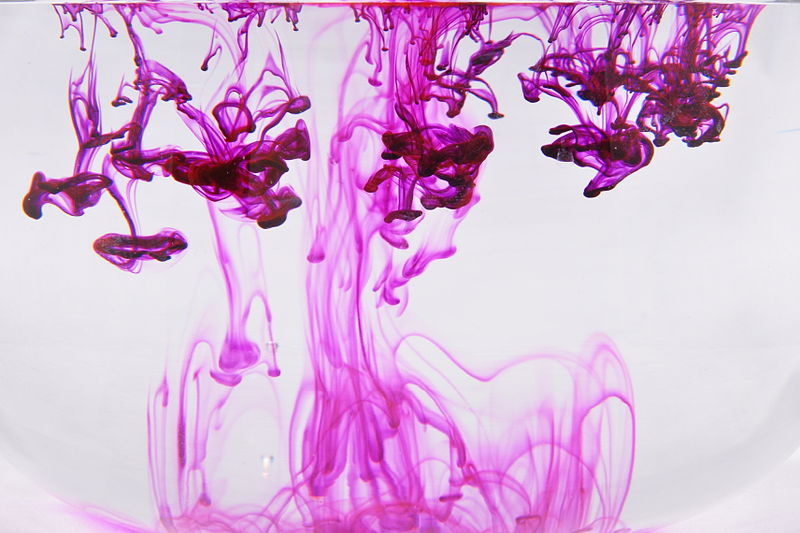 This month we look at new work exploring whether high resolution MITgcm tracer simulations can help “connect the dots” in the sparse sampling problem associated with observing the evolution of released dye in a shallow sea.
This month we look at new work exploring whether high resolution MITgcm tracer simulations can help “connect the dots” in the sparse sampling problem associated with observing the evolution of released dye in a shallow sea.
Snowballs in Summer
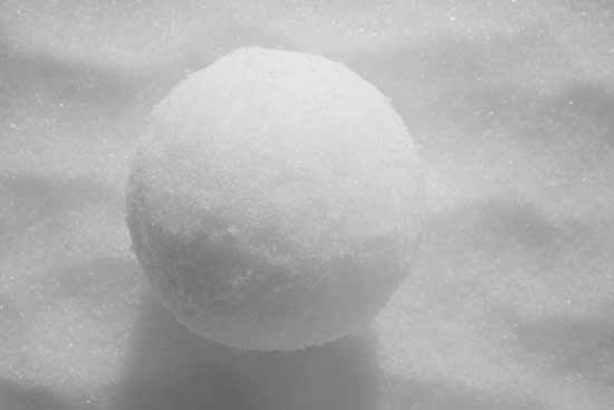 Cool off with a study from Ashkenazy, Gildor, Losch and Tziperman who use MITgcm to explore the ocean in models of snowball earth.
Cool off with a study from Ashkenazy, Gildor, Losch and Tziperman who use MITgcm to explore the ocean in models of snowball earth.
Phytoplankton Diversity versus Productivity in the Ocean
 In new work published in Nature Communications in July, an international team of scientists from the Massachusetts Institute of Technology and the Institute of Marine Sciences of Barcelona, Spain in collaboration with the National Centre for Scientific Research, France have been using MITgcm to study the balance between phytoplankton diversity and productivity.
In new work published in Nature Communications in July, an international team of scientists from the Massachusetts Institute of Technology and the Institute of Marine Sciences of Barcelona, Spain in collaboration with the National Centre for Scientific Research, France have been using MITgcm to study the balance between phytoplankton diversity and productivity.
MITgcm: Ready for Prime Time
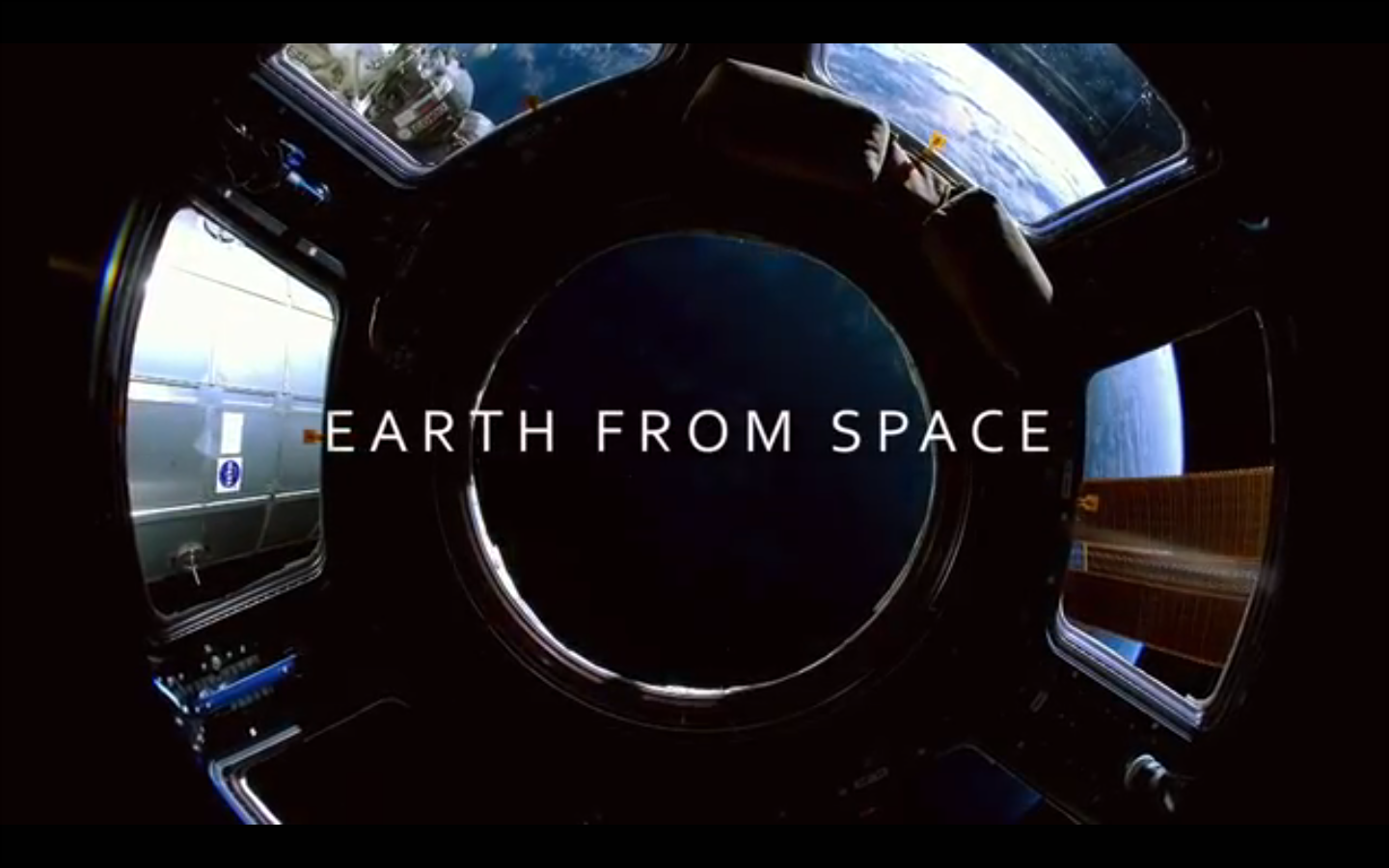 For anyone who has ever wrestled with vizualising output from MITgcm, Earth from Space, the stunning new documentary from PBS’s NOVA series demands serious respect.
For anyone who has ever wrestled with vizualising output from MITgcm, Earth from Space, the stunning new documentary from PBS’s NOVA series demands serious respect.
